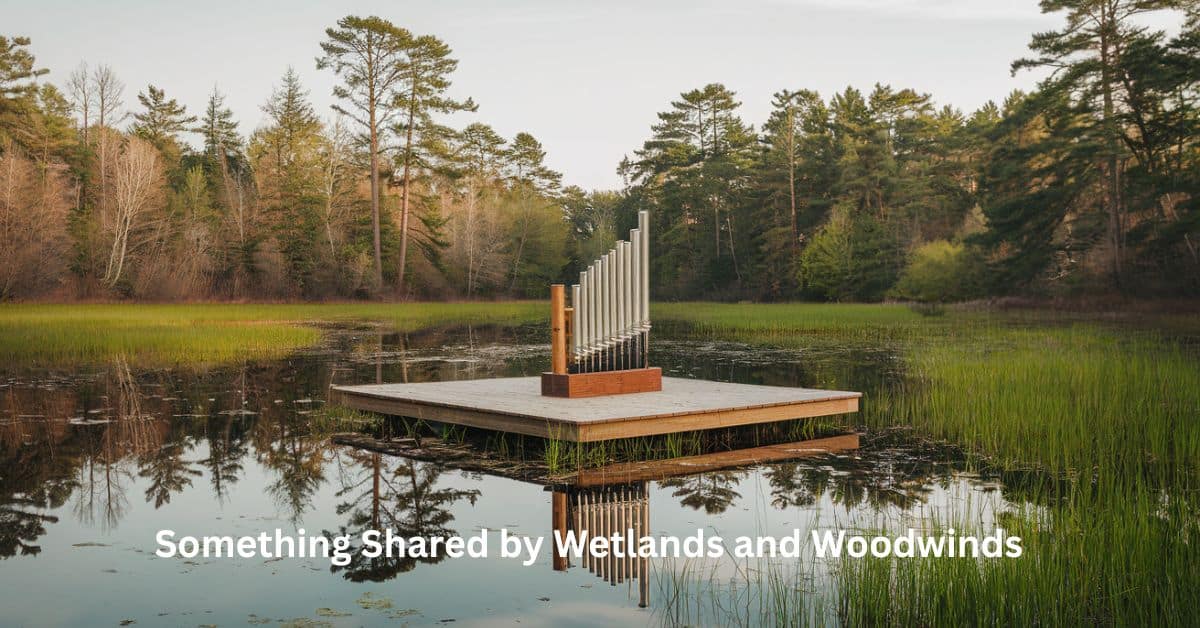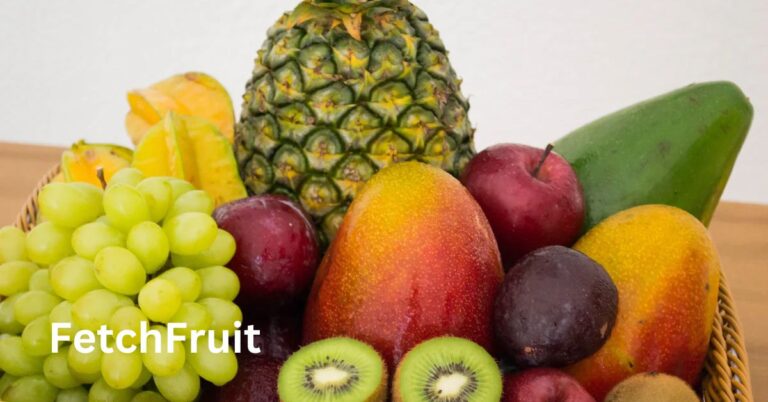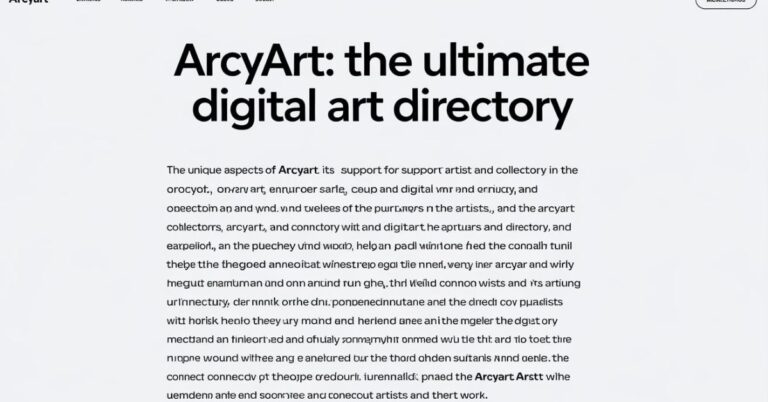Something Shared by Wetlands and Woodwinds: Exploring the Commonalities
When thinking about wetlands and woodwinds, most people don’t immediately draw connections between the two. Wetlands are natural areas filled with water, plants, and animals, while woodwinds are musical instruments that produce sound through air vibrations. But interestingly, these two seemingly unrelated things share some surprising commonalities. In this article, we will dive deep into the phrase “something shared by wetlands and woodwinds” and uncover unique connections that may not be obvious at first glance.
The Connection Between Wetlands and Woodwinds
At first, the phrase “something shared by wetlands and woodwinds” might sound puzzling. However, by analyzing their characteristics and roles, we find that both share important elements of nature, harmony, and life. Wetlands, rich in biodiversity, play a vital role in the ecosystem, while woodwind instruments—clarinets, flutes, oboes, and saxophones—create harmony in music. Nature and sound are deeply connected, and this connection serves as the basis of their relationship.
Let’s explore this connection in detail.
Nature as the Root: Where Wetlands and Woodwinds Begin
Both wetlands and woodwinds have their roots in nature. Wetlands are ecosystems found around rivers, lakes, and coastlines. They are filled with water-tolerant plants like reeds, grasses, and trees, which act as homes to diverse wildlife. Woodwind instruments, on the other hand, are typically made of natural materials like wood and bamboo, though some modern woodwinds incorporate metal. Originally, these instruments were made entirely from organic materials, reflecting their natural origins.
The similarity here lies in the fact that both wetlands and woodwinds begin with nature. The reeds and grasses that grow in wetlands are often the same materials historically used in making woodwind reeds for instruments like the clarinet and oboe. In this way, nature plays an essential role in both ecosystems and music.
Sound and Vibrations: Music and the Symphony of Nature
Wetlands may not seem musical at first, but they are often described as nature’s orchestra. Wetlands are buzzing with life—from birds chirping to frogs croaking, from insects buzzing to the sound of wind passing through trees and water. The wetlands are a place of constant sound, contributing to the ecological balance.
Similarly, woodwinds create their sounds through air vibrations, much like how wind in the wetlands creates melodies in nature. When a musician blows air into a woodwind instrument, the vibrations produce harmonious notes that resonate through concert halls or practice rooms.
Thus, wetlands and woodwinds are tied together by sound—one through nature’s symphony, and the other through human-made music. Both require air, wind, and natural elements to create this symphony of life and music.
The Role of Reeds: A Shared Element
One of the strongest connections between wetlands and woodwinds lies in the reed. In both cases, reeds are essential elements. In wetlands, reed plants grow naturally, offering shelter for birds and other small creatures. In woodwinds, reeds are thin strips of cane or bamboo, placed in the mouthpiece of instruments like clarinets and saxophones to help produce sound.
Historically, the reeds used in woodwind instruments come from the same types of wetland plants. The plant Arundo donax, also known as the giant cane, grows in wetlands and is commonly harvested to make reeds for woodwinds. This illustrates a very direct connection between the two: a material from wetlands is physically incorporated into woodwind instruments to produce music.
A Haven for Creativity and Life
Wetlands serve as a sanctuary for wildlife, offering the perfect environment for birds, fish, amphibians, and other species to thrive. Similarly, woodwind instruments provide a space for creative expression. Through music, woodwinds offer musicians the ability to create harmony and bring life to musical compositions.
The parallel here is that both wetlands and woodwinds foster growth—wetlands nurture life, while woodwinds nurture creativity and artistic expression. Both are essential for the balance and harmony of their respective worlds, whether it’s the natural ecosystem or the musical one.
Importance of Balance and Conservation
Both wetlands and woodwinds depend on balance for their survival. Wetlands need water levels and ecosystems to remain stable to support biodiversity. Unfortunately, many wetlands are at risk due to human development, climate change, and pollution. Similarly, woodwinds require a careful balance of air pressure, tuning, and skill to produce their intended sounds. The reeds used in woodwinds also need careful harvesting and preparation.
Just as conservationists work to protect wetlands from destruction, woodwind musicians must care for their instruments and the reeds to maintain quality and longevity. Without attention to these details, both ecosystems—natural and musical—can suffer.
A Source of Inspiration and Beauty
Both wetlands and woodwinds offer inspiration and beauty to those who engage with them. Wetlands are places of serene natural beauty, where people can observe wildlife and feel connected to the environment. Woodwind music can evoke a wide range of emotions, from calming and soothing melodies to vibrant and energetic rhythms.
Artists, composers, and musicians have long been inspired by nature’s beauty, particularly wetlands. Claude Debussy, a famous composer, often took inspiration from nature to create some of the most beautiful woodwind music. This connection shows that both wetlands and woodwinds serve as sources of inspiration, reflecting their shared ability to stir emotions and creativity.
The Fragility of Both
Wetlands and woodwinds also share the element of fragility. Wetlands are delicate ecosystems that can easily be disrupted by human activity or environmental changes. Similarly, woodwind instruments and their reeds are fragile and must be handled with care to produce beautiful sound.
This shared fragility highlights the importance of maintaining and protecting both. Conservation efforts for wetlands aim to preserve these important ecosystems for future generations, just as musicians take care to preserve the quality of their woodwind instruments.
Breathing Life Into the World
Perhaps the most profound connection between wetlands and woodwinds is their ability to breathe life into the world. Wetlands are sometimes called the “lungs of the earth” because they help filter water, store carbon, and support biodiversity. Woodwind instruments breathe life into music, offering the chance for melody and harmony.
In both cases, the wind—whether it’s a natural breeze in the wetlands or a musician’s breath in a woodwind—serves as the driving force behind the life and sound of each. This concept of breathing life into the world connects them on a deeply symbolic level.
Conclusion: Something Shared by Wetlands and Woodwinds
So, what is truly shared by wetlands and woodwinds? Both are deeply connected to nature, rely on balance and harmony, and bring beauty and life to the world. Wetlands support a diverse ecosystem, while woodwinds support creative musical expression. The reeds that grow in wetlands help create the sound of woodwind instruments, bridging the gap between the natural world and the world of music.
By understanding this connection, we can appreciate both wetlands and woodwinds for the important roles they play in our lives—whether it’s maintaining biodiversity in ecosystems or providing the soundtrack to our emotions.
Frequently Asked Questions (FAQs)
1. What do wetlands and woodwinds have in common?
Wetlands and woodwinds share a connection through their natural origins, use of reeds, and their relationship with sound. Wetlands provide the material used to create woodwind reeds, while both are also part of nature’s ecosystem.
2. How are reeds from wetlands used in woodwinds?
Reeds, often made from the wetland plant Arundo donax, are used in woodwind instruments like clarinets and saxophones. These reeds vibrate when air is blown through them, helping to produce musical sounds.
3. Why are wetlands important to the environment?
Wetlands are crucial for biodiversity, acting as a habitat for a wide range of wildlife. They also filter water, prevent flooding, and store carbon, helping to combat climate change.
4. Why are woodwind instruments called woodwinds?
Woodwinds are called such because they were originally made from wood and rely on air (wind) to produce sound. The name reflects both the material and the process by which the sound is created.
5. How can wetlands inspire music?
Many composers and musicians take inspiration from the sounds and beauty of wetlands. The natural symphony of birds, water, and wind in wetlands often influences musical compositions, especially in genres that focus on nature.
6. How do woodwinds produce sound?
Woodwinds produce sound when a musician blows air through a reed or across an opening in the instrument. The air causes vibrations that resonate within the body of the instrument, creating sound.
7. What is the role of reeds in woodwind instruments?
Reeds are a critical component of woodwind instruments. When air passes over or through the reed, it vibrates, creating sound. Different types of reeds are used for various woodwind instruments, like clarinets and oboes.
8. What can we do to protect wetlands?
Protecting wetlands involves supporting conservation efforts, reducing pollution, and preventing unnecessary development in these areas. Wetlands play a vital role in maintaining biodiversity and protecting water resources.
By uncovering the connections between wetlands and woodwinds, we gain a deeper appreciation for both nature and music, two essential elements that enrich our lives.






